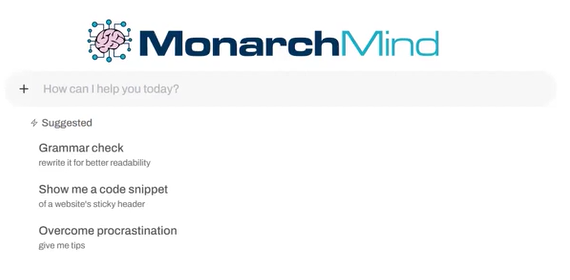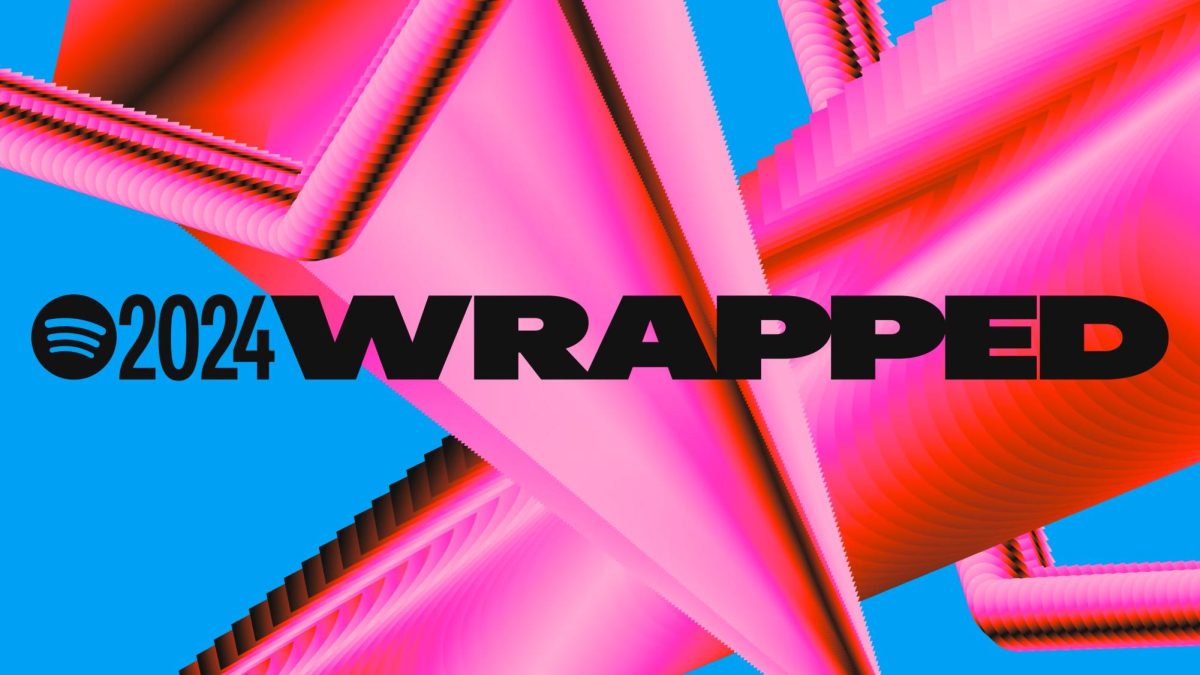While Artificial Intelligence (AI) has been in the works since the 1900s, nowadays it is all the more common to see a four-pointed sparkle star synonymous with AI across the digital sky, with Old Dominion University being one of the newest to get on board.
On Tuesday, February 4, 2025 Old Dominion University’s Technology Services announced a new AI-powered interface that uses many of the largest language models available: OpenAI’s GPT-4o, Meta’s Llama 3, and Google Gemini. It is currently available for all faculty including researchers, advisors and administrators.
In a presentation of MonarchMind, Karthik Navuluri, the Assistant Vice President for Digital Technology Solutions, demonstrated and thoroughly explained how the AI can be used as a teaching aid and not a replacement for methods used prior. Navuluri explained that while ODU allows faculty to utilize AI, it is ethical to disclose when it is used whether it is to students or other faculty.
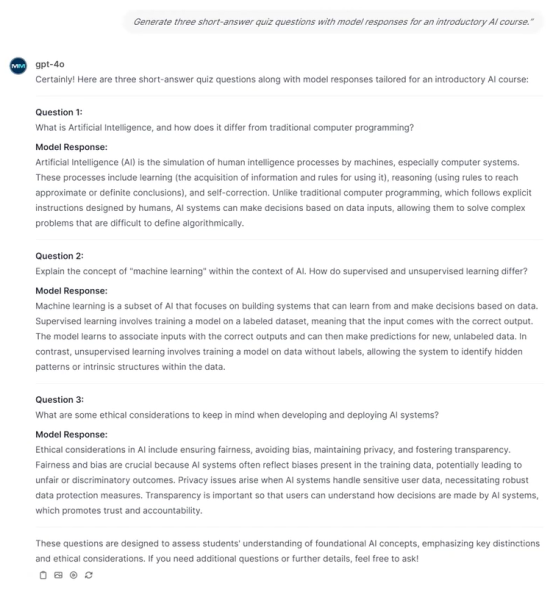
Navuluri advised against faculty using consumer models such as ChatGPT, for purposes in which student information, records and privacy are provided because users agree to allow the data gained from interactions to be used for retraining models. According to Navuluri, if using student information on other platforms, “it’s [student data] going back to them, so it could potentially be violating FERPA [Family Educational Rights and Privacy Act].” Continuing to use ChatGPT as an example, MonarchMind uses the same model that is published, but instead relies on ODU infrastructure, meaning any entered data is not shared and does not leave ODU for retraining purposes. There is also an option for a temporary chat in the case that the user does not want conversation history to be stored.
Although data on MonarchMind is not leaving ODU’s infrastructure, the following data is not permitted: FEPRA, PII, PCI-DSS, HIPAA, GLBA, PHI, IPI, and CUI/ITAR. Navuluri describes the reason for this from a security standpoint; while there is system security, it is a safeguard to prevent any form of data leaks. He expresses hope that with more security implemented in the future with each update, more data can be used.
To get started, users choose their model, with Navuluri stating that Llama 3 is more concise, while GPT-4o is used for more creative purposes. Navuluri demonstrated the creation of a lesson plan for the teaching of ‘Fundamentals of Machine Learning,’ which returned a plan with the goal to teach introductory concepts, data science approaches, algorithm application for classification and regression, evaluation of learning model performances and how to recognize the ethics of applying machine learning.
Targeting more towards usage for research, Navuluri generated a summary of six current research trends of AI-powered educational technology along with five challenges and five opportunities. MonarchMind can also be used to summarize academic papers and generate hypotheses. Navuluri emphasized the ethical and responsible use of AI, “for example, there are research funding agencies that prohibit the use of large language models or generative AI to write your proposals.”
Demonstrating an administrative use of the platform, the AI was asked to draft an AI usage policy to cover data privacy, ethics and security for an unspecified department using placeholder information that the user can replace with their own information such as department title, contact information and dates.
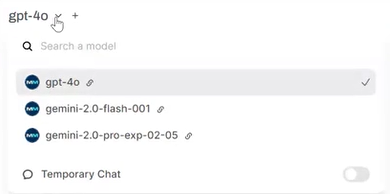
Some of the many features MonarchMind is capable of:
-
- Content supplied as context for the model to reference using retrieval augmentation (RAG) in uploaded files such as excel spreadsheets, images and other documents.
- Provide background context by a system prompt in which the user can specify the bot’s purpose. (An example used is asking the bot to be a part of a marketing department and it will produce responses based on that role)
- When asking questions to the model, prompts can have set guardrails to avoid biases that, “AI is going to be potentially coming up with,” according to Navuluri which he encourages users to report.
- The platform can “remember” conversations by pinning them so the user can have generated content of previous discussions easily accessible, which can also be archived. Chats can be shared with users by copying a link that will retrieve the generated history.
- MonarchMind does not use reasoning models such as OpenAI’s o3, so there is less GPU usage which means lower energy consumption and environmental impact.
- Languages can be changed, users can hold voice conversations, responses can be auto-copied to the clipboard, along with many more personalization settings.
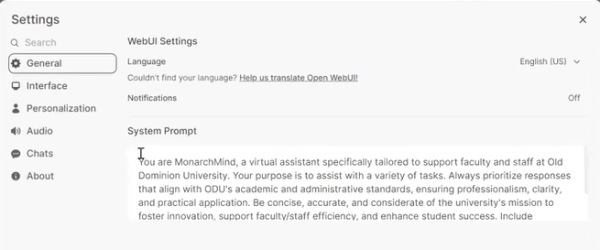
Screenshot from Navuluri’s demonstration of the settings pane, specifically the system prompt setting used to provide context.
MonarchMind will be receiving updates in the future which will eventually implement the following:
- References for the resources used to answer questions
- Other large language learning models such as Mistral
- Its own image generator with capabilities similar to ChatGPT and Gemini
- Potential extension of MonarchMind to students while enrolled in a course by said course instructor requesting a pilot spot.


